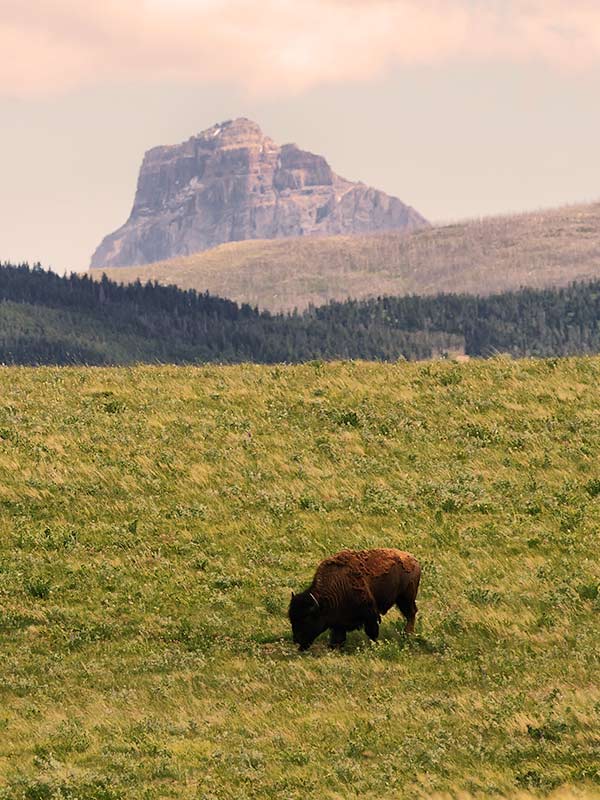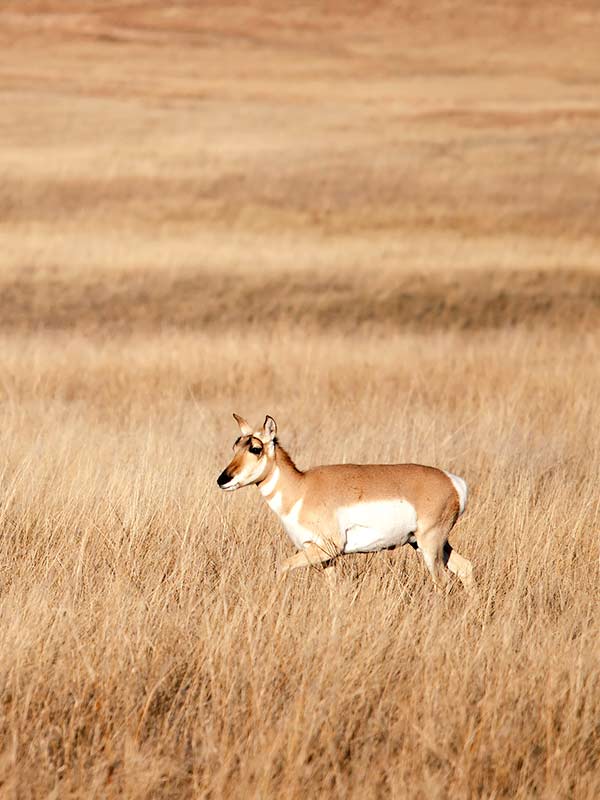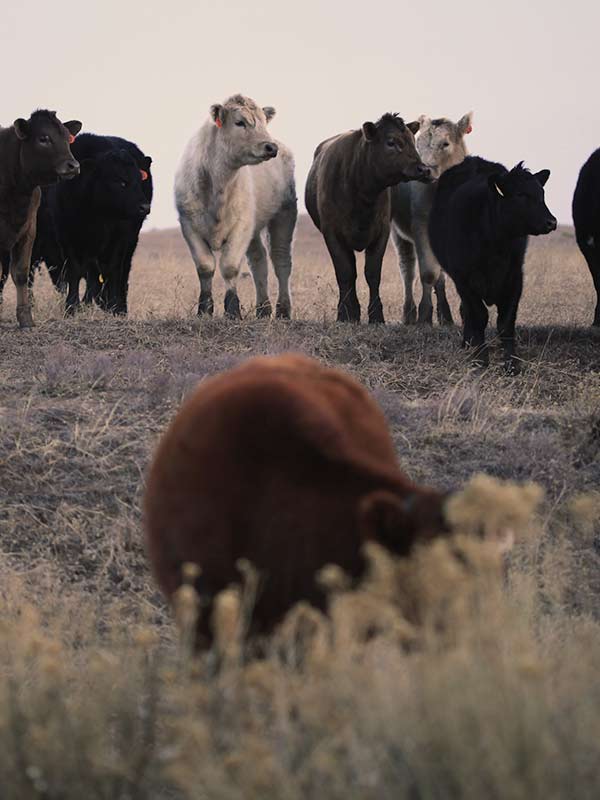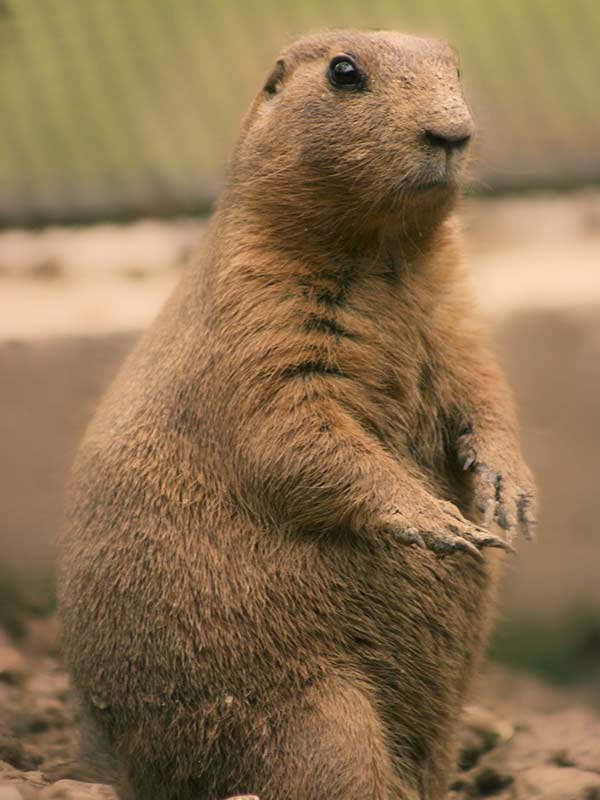Select Page
Temperate Grasslands
Temperate grasslands are a division of a larger biome grouping of grasslands that includes tropical savannas. Both biome types are characterized by a dominance of grasses, yet temperate grasslands differ significantly from savannas. First unlike savannas that can have trees and shrubs scattered throughout, temperate grasslands have trees and shrubs absent. Temperate grasslands are also found in less tropical ecosystems and thus have a larger temperate fluctuation during the year. Temperatures in temperate grasslands can vary tremendously which has a large impact on growing seasons. Generally they also have less rainfall
Regional Expressions
Grasslands are defined by ecosystems of grass with few trees, but they’re slightly different around the globe.
Temperate Grasslands are found all over Earth, generally in the interiors of the continents. They’re mostly just north or south of the Tropic of Cancer and Tropic of Capricorn. The following are the major regional expressions of grasslands recognized around the globe.
- Veldts of South Africa
- Puszta of Hungary
- Pampas of Argentina/Uruguay
- Steppes of Russia / China
- Plains and Prairies of North America
- Australian Outback

Temperate Grasslands
Temperate grasslands are a division of a larger biome grouping of grasslands that includes tropical savannas. Both biome types are characterized by a dominance of grasses, yet temperate grasslands differ significantly from savannas. First unlike savannas that can have trees and shrubs scattered throughout, temperate grasslands have trees and shrubs absent. Temperate grasslands are also found in less tropical ecosystems and thus have a larger temperate fluctuation during the year. Temperatures in temperate grasslands can vary tremendously which has a large impact on growing seasons. Generally they also have less rainfall. For instance, on the tall Mexican Volcanos, the tree-line is much higher than anywhere in the United states. It occurs around 13,000 feet.
Rainfall: Rainfall is generally less in temperate grasslands than in tropical savannas, although drought usually plays less of a roll effecting biodiversity than it does in savannas. Rain usually falls in temperate grasslands in the late spring and early summer. There is an average of 20 – 35 inches of rainfall a year. The amount of rainfall however determines the height of grasses in the grassland. For north America, this rainfall gradient helps to divide the temperate grasslands into tall grass prairies (in wetter areas) and short grass steppes (in dryer habitats).
Drought: Drought plays a large role in keeping trees from taking over the grasslands. Some years receive less rain than others, just as certain seasons receive significantly less rain than others. Trees generally can not stand the lack of water as easily as grasses and thus grasses remain dominant.
Fire: Fire plays a big role in this biome, preserving biodiversity and keeping trees from overtaking the grasses. Lightning from large storms rolling over the grasslands ignites large grass-fires. These fires help certain plants by germinating seeds, clearing ground cover to allow rare plants a chance and by nourishing the soil with freshly burnt vegetation.
Soil: The soil of the temperate grasslands is deep and dark. The upper layers are the most fertile because of the buildup of many layers of dead branching stems and roots. This organic mater on the surface and in the dead roots provide a great degree of nourishment for the living plants.
Biodiversity: Grasslands (temperate) are dominated by one or a few species of grasses while there are several hundred other types of grasses and non-woody flowering plants that while less abundant make up a vital part of the species composition. There are many types of grass species that are dominant species in their own region. Each species of grass grows better with varying temperatures / rainfall / and soil conditions. Grasses are dominant (instead of trees) because of fire, drought and grazing by large herbivores.
Floral Diversity: The most common grasses include blue gamma grass, buffalo grass, Johnson grass, and various sorts of wheat and burley. Common flowers include types of asters, coneflowers, Solidagos (goldenrods), vetches, Indian blankets and sweet clovers.
Fauna Diversity: In North America common animals include: bison, pronghorns, deer, mice, rabbits, grouse, badgers, skunks, meadowlarks, various owls, garter snakes, rattle-snakes, red-tailed hawks and prairie dogs.
Environmental concerns: There is a great concern for remaining grasslands in temperate regions. Because the soil in these areas is incredibly rich and the land is flat and treeless, most of this biome has been turned into farms or ranches. The result of this overuse and consumption of the grassland by agricultural practices is a fragmentation of once large tracks of grassland. Fragmentation decreases biodiversity (Theory of Island Biogeography). Plowing of grasslands, combined with wind has lead to huge dust storms, such as those which created the Great Dust Bowl in the American Depression of the mid 1920s. Finally, in dryer areas, overgrazing and salt build-up from irrigation of the land have turned these areas into near-wastelands.
LINKS
- Midewin National Tallgrass Prairie
- General information
- Berkeley’s Information on Grasslands
- Prairie Source: Another good info source with links
- NASA project and info:
- PBS American Field Guide (Videos)
- A lesson plan for all biomes
- Yale/New Haven Teacher’s Institute General Biomes
- This is the Yale/New Haven Teacher’s Institute Website for A TON OF
REALLY GREAT LESSON PLANS!!! (Not just Biomes) - Discovery Channel School:
- A prairie project
- Another general Biome site for younger students:
- Build a Prairie
Ready to explore this in Virtual Reality




